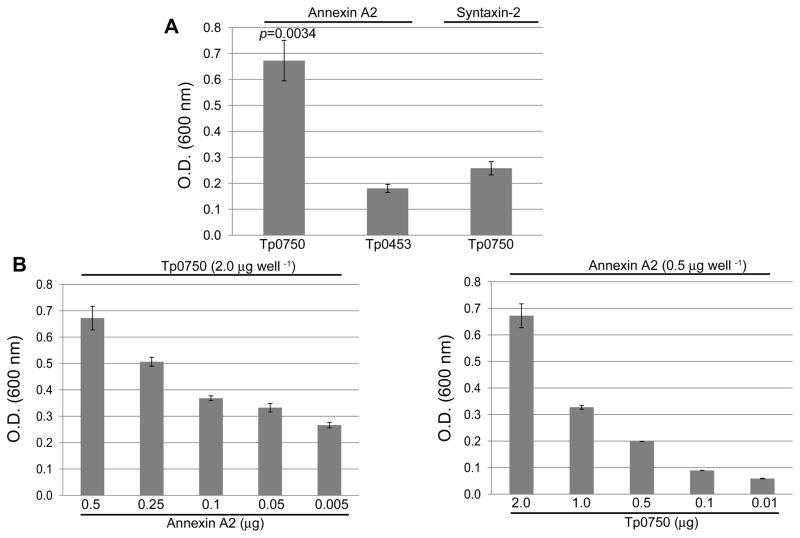Fig. 3. Tp0750 exhibits specific binding to annexin A2.
A. Binding assays were performed to compare the attachment of recombinant Tp0750 (2 μg) and a negative control protein (Tp0453; 2 μg) to immobilized annexin A2 (0.5 μg) and syntaxin-2 (0.5 μg). Tp0750 exhibited a statistically significant level of binding to annexin A2 (p≤0.0072) when compared to the binding of the negative control to annexin A2 and Tp0750 to syntaxin-2. B. Dose-dependent binding assays confirmed the specificity of the Tp0750-annexin A2 interaction. Similar dose-dependent binding responses were observed upon use of (i) varying concentrations of immobilized annexin A2 (0.005–0.5 μg per well) and a constant concentration of soluble Tp0750 (2 μg per well) (left panel), and (ii) a constant concentration of immobilized annexin A2 (0.5 μg per well) and varying concentrations of soluble Tp0750 (0.01–2.0 μg per well) (right panel). Average readings from triplicate measurements are presented with bars indicating standard error (SE), and the results are representative of three independent experiments. For statistical analyses, the Student’s two-tailed t test was used to compare the attachment of (i) Tp0750 to annexin A2 and the control host protein syntaxin-2 and (ii) Tp0750 and the control recombinant protein Tp0453 to annexin A2.

